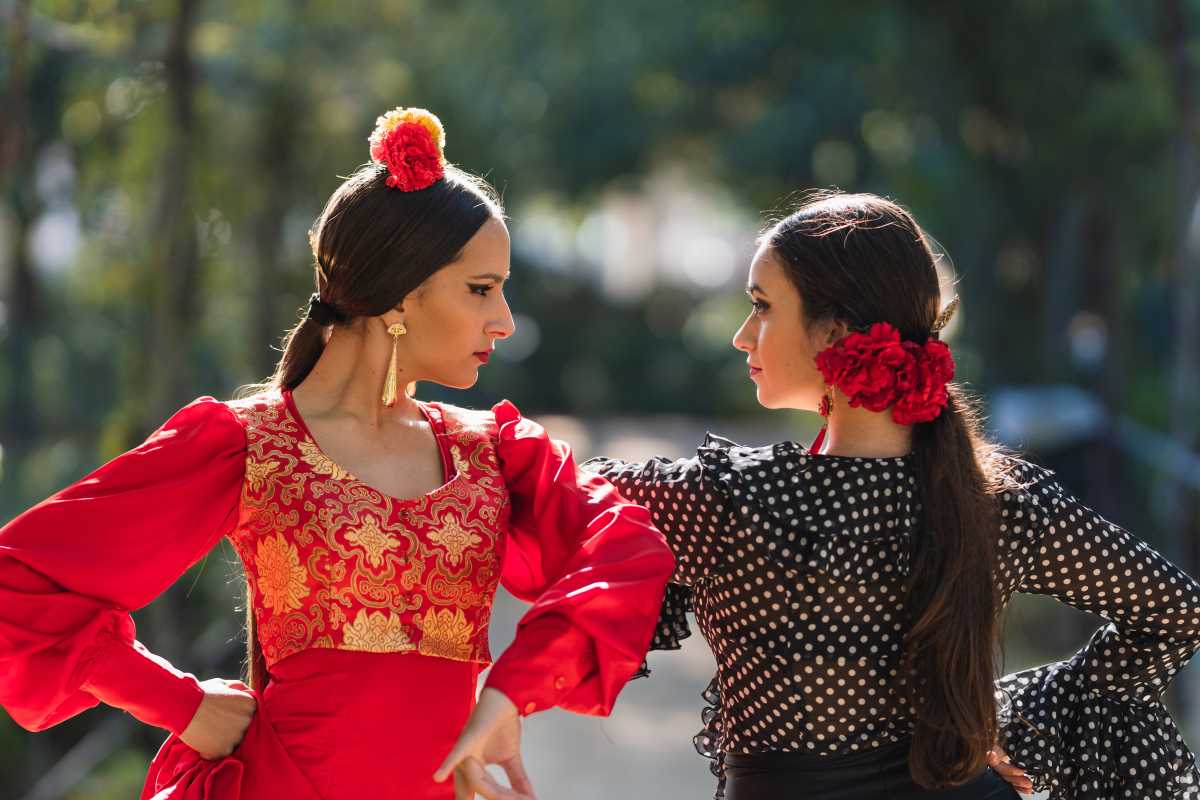For many viewers, historical TV shows offer a unique blend of education and entertainment. They bring the past to life through compelling narratives, vivid characters, and immersive settings.
However, it's crucial to recognize that these shows often prioritize drama over historical accuracy. While creative liberties can enhance storytelling, they also risk misinforming audiences about key events and figures. Let’s delve deeper into the common ways TV shows misrepresent history and how this affects our understanding of the past.
1. Historical Figures: Fiction Over Fact
One of the most common ways historical TV shows deviate from accuracy is in their portrayal of historical figures. To make these characters more engaging or to fit a particular narrative arc, writers often take significant creative liberties.
For instance, a figure celebrated in history for their diplomacy and kindness might be reimagined as ruthless and power-hungry to create tension. Conversely, controversial figures may be sanitized or romanticized to make them more palatable to modern audiences.
- In The Tudors, King Henry VIII is portrayed with a focus on his romantic entanglements and personal drama, often overshadowing his political and religious impact on England. Similarly, Reign takes liberties with Mary, Queen of Scots, emphasizing romantic and fictionalized plots over historical accuracy.
While these portrayals can make for riveting television, they often mislead viewers, shaping perceptions of historical figures based more on fiction than fact.
2. Altering Event Timelines
Another frequent misrepresentation lies in how TV shows handle the timeline of historical events. To maintain pacing and drama, significant moments are often condensed or expanded, creating a skewed sense of how quickly or slowly history unfolded.
For example, battles or political developments that occurred over months or years might be shown as happening within days. Alternatively, events might be rearranged to create a more cohesive storyline, even if it means sacrificing chronological accuracy.
- Vikings often condenses and rearranges historical events for dramatic effect. For instance, battles and alliances that historically took years to develop are depicted as happening in quick succession, altering the perception of Viking history.
This approach can leave viewers with a distorted understanding of historical cause and effect. The condensed timelines may oversimplify the complexities of historical processes, making them seem less nuanced than they truly were.
3. Dramatizing Key Moments
Dramatization is at the heart of storytelling in TV shows, and historical dramas are no exception. To heighten emotions and keep audiences engaged, key moments in history are often exaggerated or embellished.
Battle scenes, for example, are frequently made more cinematic, with intense choreography, stirring speeches, and improbable heroics that may not reflect the reality of the event. Similarly, personal relationships between historical figures may be exaggerated, invented, or overly romanticized to add depth to the narrative.
- Braveheart is notorious for its dramatized depiction of the Battle of Stirling Bridge, omitting the actual bridge and altering the tactics used, which changes the historical understanding of the event.
While this dramatization can make history feel more immediate and relatable, it risks blurring the line between fact and fiction. Moments that were mundane or procedural in real life might be reimagined as grand spectacles, leaving audiences with a false sense of how history unfolded.
4. Modern Sensibilities in Historical Contexts
One of the subtler ways historical TV shows deviate from accuracy is through the lens of modern values and sensibilities. Writers and producers, often unintentionally, project contemporary norms onto historical characters and settings.
For example, characters might espouse progressive views on gender, race, or class that were rare or even nonexistent in the time period being portrayed.
While this can make characters more relatable to modern audiences, it can also create an inaccurate picture of societal norms and attitudes of the past.
- Bridgerton incorporates modern attitudes towards race and gender, presenting a racially integrated Regency-era London that, while progressive and engaging, does not reflect the historical realities of the time.
This phenomenon, known as "presentism," risks undermining the historical authenticity of a show. By imposing modern ideals onto historical narratives, TV shows can diminish the complexity of the societal struggles and cultural norms of the era they depict.
5. Costumes and Settings: Style Over Substance
Historical TV shows often pride themselves on their elaborate costumes and meticulously designed sets. While these visual elements can transport viewers to another time, they are not always accurate.
Costumes might be updated or stylized to appeal to contemporary fashion sensibilities, sacrificing historical authenticity in the process. Similarly, architectural styles, furniture, and technology may be anachronistic, included for aesthetic or budgetary reasons rather than accuracy.
- Downton Abbey occasionally uses costumes and hairstyles that are more reflective of modern tastes than the early 20th century, prioritizing visual appeal over strict historical accuracy.
6. Oversimplified Historical Context
One of the most significant challenges for historical TV shows is portraying the complex socio-political and cultural climates of the periods they cover. To keep narratives accessible and engaging, creators often simplify or omit crucial historical context.
This can lead to a skewed understanding of events, as viewers may not grasp the broader forces at play. For instance, revolutions, wars, or major societal shifts might be reduced to personal rivalries or singular moments, ignoring the systemic issues and gradual changes that drove them.
- The Last Kingdom simplifies the complex socio-political landscape of 9th-century England, often reducing intricate historical conflicts to personal vendettas and rivalries, which can mislead viewers about the era's true dynamics.
Without a nuanced depiction of historical context, shows risk reinforcing misconceptions about the past. While entertaining, these narratives can leave viewers with an incomplete or distorted picture of history.
Why It Matters
The inaccuracies in historical TV shows might seem harmless, but they can have significant implications. For many viewers, these shows are a primary source of exposure to history. When creative liberties overshadow facts, audiences may come away with a skewed understanding of events and figures.
This is particularly concerning when shows deal with sensitive or contentious topics, such as colonialism, war, or social justice. Misrepresentations in these areas can perpetuate stereotypes, reinforce biases, or obscure the contributions of marginalized groups.
At the same time, historical TV shows have immense potential to spark interest in history. They can serve as a gateway for viewers to learn more about the past, inspiring deeper exploration and critical thinking. By being mindful of their limitations, audiences can enjoy these shows while seeking out accurate historical accounts for a more comprehensive understanding.
Balancing Entertainment and Accuracy
It’s unrealistic to expect historical TV shows to be entirely factual. They are, after all, works of entertainment designed to capture viewers’ attention and evoke emotion. However, a balance between accuracy and drama is possible and increasingly demanded by discerning audiences.
Shows like Chernobyl and The Crown have been praised for their meticulous research and effort to stay true to historical events while still delivering compelling narratives. Such examples demonstrate that it’s possible to create engaging television without sacrificing authenticity.
Watching historical TV shows can be both entertaining and educational, but it’s important to approach them with a critical eye. From altered timelines and dramatized events to modernized characters and settings, these shows often prioritize storytelling over accuracy.







